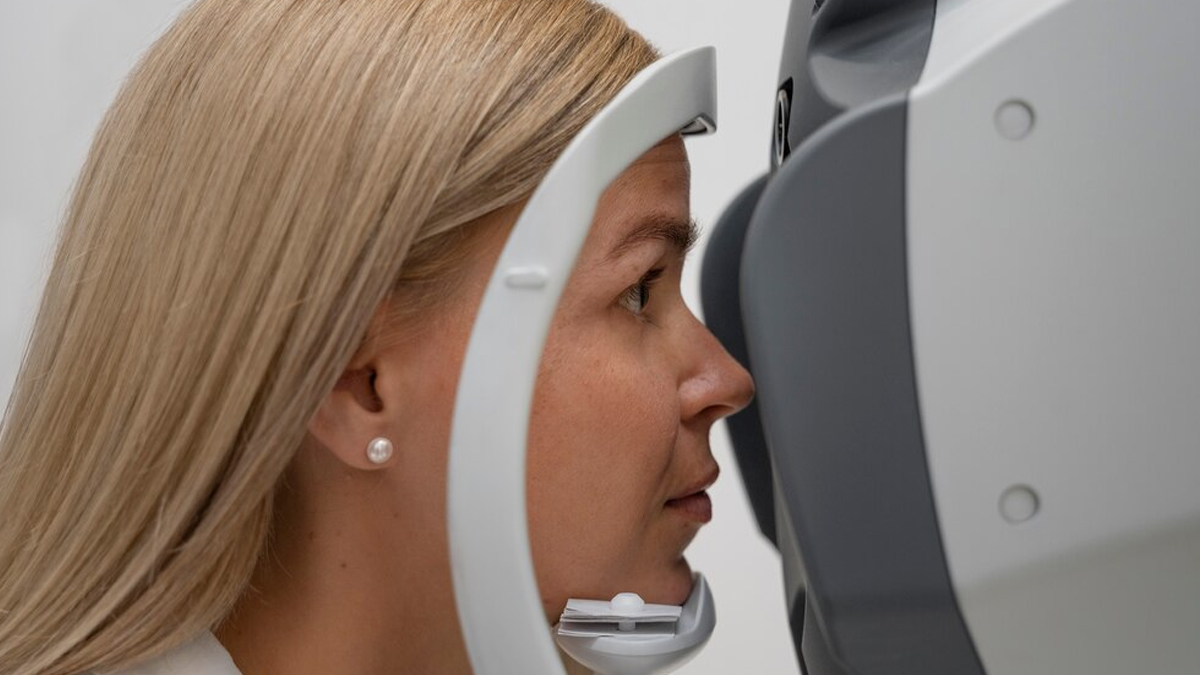
How your eyes work to help you see is very complex. It begins with light passing through your cornea, the clear, dome-shaped front layer, which bends the light to help your eyes focus and see. The light then enters the pupil, where the iris controls how much of it gets in. From there, it moves through the lens, which, along with the cornea, focuses the light onto the retina, a light-sensitive layer of tissue at the back of the eye. The retina's photoreceptors turn the light into electrical signals, which travel through the optic nerve to your brain, where they’re transformed into the images you see.
Table of Content:-
Now, when it comes to LASIK (Laser-Assisted In Situ Keratomileusis) surgery, it helps treat vision problems caused by refractive errors. Refractive errors occur when your eye does not refract or bend light properly. LASIK works by using a laser to reshape the cornea, which is where the 'bending of the light' takes place. But while LASIK is a simple yet effective way to correct your vision, not everyone can opt for it. There are certain considerations to make beforehand. Here’s everything an ophthalmologist wants you to know.
What Is A LASIK Surgery?

Dr Anjal Shah, Consultant Ophthalmologist, Cataract and Refractive Surgeon, Dr. Sachdev Maxivision Eye Hospital, Surat, describes LASIK as a refractive eye surgery that reshapes the cornea using a laser to improve vision. It is commonly used to correct nearsightedness (myopia), farsightedness (hyperopia), and astigmatism, reducing or eliminating the need for glasses or contact lenses, he specifies.
Reportedly, about 30 lakh LASIK procedures are performed annually. It is believed that the global market for this treatment is expected to grow, with some data projecting it to exceed beyond 300 crore rupees by 2033.
Who Can Consider LASIK Surgery?

According to the American Academy of Ophthalmology (AAO), people need to meet certain requirements to get the LASIK surgery. These include:
- Age: People should be 18 years or older, with a stable prescription for at least one year.
- Stable vision: Your eye prescription should not have changed much in the last year.
- Corneal thickness: Your corneas need to be thick enough and healthy, and your overall eye health must be generally good.
- Your refractive error must be one that can be treated with LASIK.
- You need to have realistic expectations about what LASIK can and cannot do for you.
Dr Shah adds that people should ensure they do not have active eye infections, injuries, or severe dry eye syndrome. Additionally, people should maintain good overall health with no autoimmune diseases or syndromes.
Who Should Not Consider LASIK Surgery?
As per AAO, there are people who do not make suitable candidates for LASIK. They include people with:
- Unstable (changing) refractive error
- Extreme levels of myopia, hyperopia, or astigmatism
- Severe dry eye
- Extremely thin corneas
- Corneal scars or disease
- Keratoconus (cone-shaped cornea)
- Advanced glaucoma
- A cataract affecting vision
- A history of having certain eye infections
- Uncontrolled diabetes
Also Read: How Long Can You Wear Your Contact Lenses For? And Other Common Questions Answered
How To Prepare For A LASIK Surgery

If you have passed all the eye screening tests and have qualified for the LASIK surgery, here’s how to prepare for the procedure:
- Avoid wearing contact lenses for 2-4 weeks (depending on the type) before the procedure to allow the cornea to return to its natural shape.
- Avoid wearing eye makeup, lotions, or creams a day before surgery.
- Get your eyebrows trimmed a few days before surgery, as it should be avoided for at least one month post-surgery to reduce the risk of irritation or infection near the eyes.
- Since vision may be blurry immediately after surgery, arrange for someone to drive you home.
- Inform your doctor of any medications you’re taking.
- Attend the preoperative consultation and follow all advice given by your surgeon.
Conclusion
A LASIK surgery is a simple and effective way to correct your vision. It involves using a laser to reshape the cornea, which helps bend the light to help the eyes see properly. However, not everyone is eligible for the procedure. There are certain requirements that patients must fulfil to get the eye surgery. However, once you qualify, you must consult a doctor for all the preparatory guidelines and post-surgery recommendations.
Also watch this video
How we keep this article up to date:
We work with experts and keep a close eye on the latest in health and wellness. Whenever there is a new research or helpful information, we update our articles with accurate and useful advice.
Current Version